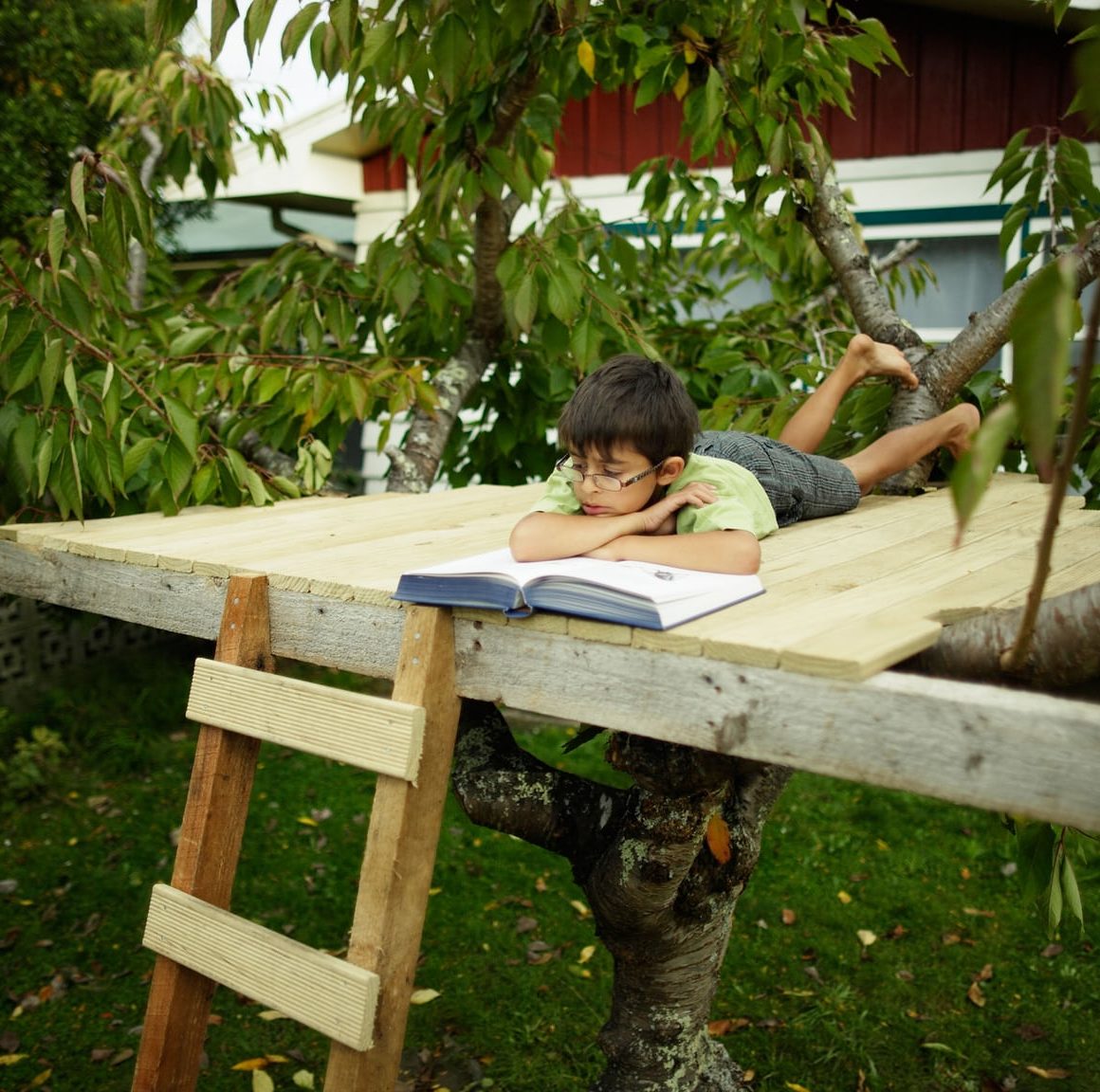When the future of the planet is tied into decisions the younger generation make today, it’s crucial to have classroom conversations about the environment. But how do we talk about such complex issues, bound up with science and politics, in an engaging way? Books with a green theme can provide a useful starting point in these discussions. Here are some of our favourite options, for children of all ages.
Early years
In the 1970s, when environmentalism was still a fringe concern, the ever-brilliant Dr Seuss was already preaching a message of sustainability in The Lorax – the rhyming tale of a creature who “speaks for the trees” and warns about the dangers of deforestation.
To get little ones thinking about life beneath the waves, try the colourful Over in the Ocean, In a Coral Reef. You can also turn their attention towards the wonders of sustainable practices in their own green spaces with Grandpa’s Garden, which explores the seasons, growth and harvesting.
Key Stage 1 (age 5 to 7)
It’s never too early to start developing good habits and 10 Things I Can Do to Help My World introduces children to a series of planet-protecting strategies, such as using both sides of the paper when drawing, and turning off the tap when they brush their teeth.
Nurturing a sense of adventure and wonder in our world can be helped by the child-friendly picture book The Watcher: Jane Goodall’s Life with the Chimps, a biography that details Goodall’s remarkable life, from her childhood to living among the primates who now find their existence under threat.
There’s also a powerful conservationist message in The Great Kapok Tree: A Tale of the Amazon Rainforest, in which a man reconsiders cutting down a mighty tree after being visited in a dream by the animals who live in it. To bring environmentalism closer to home, try The Adventures of a Plastic Bottle: A Story about Recycling – a diary written from the perspective of a bottle, from its creation to getting a whole new identity, via a recycling plant.
Key Stage 2 (age 8 to 10)
Advertisement
What would happen if fish became extinct? That’s the premise of the beautifully illustrated World Without Fish, which combines fact and fiction to explore what could take place in the underwater world over the next 50 years if we don’t change our behaviour. It also details what we can do to avoid such an ecological disaster, interweaving a short graphic novel about a girl who witnesses the extinction of marine life.
But being eco-friendly doesn’t have to be quite so serious, as Ecowolf and The Three Pigs demonstrates. The classic fairy tale is reworked to present the trio as unscrupulous property developers and the wolf as an eco-warrior who just wants to save the world.
You can also offer young readers a chance to step back to the 1900s with Journey to the River Sea, in which an orphaned girl goes to live in the now-threatened Amazon. Or, take a trip around the world with Stories For a Fragile Planet, which brings together traditional stories from Africa, South America and Ancient Greece.
Key Stage 3 (age 11 to 13)
Sewage may not seem like it has the making of a great caper, but that’s where Flush kicks off. A boy named Noah must save his father from prison by proving that a casino boat is illegally dumping waste into the bay.
The struggle for clean water is also at the centre of the story in A Long Walk to Water, an account of two 11-year-olds in Sudan, 30 years apart. Their interwoven stories – based on real events – highlight the history of the country and the daily struggles faced by its people, past and present.
There’s more true-life wonder in the young readers’ edition of The Boy Who Harnessed the Wind, the story of a young boy in Malawi who brought clean energy to his village by building his own wind turbine. Or for a return to fiction, try Watership Down, the timeless and horrifying classic about a rabbit community fighting for its life as human development threatens to destroy its habitat.
Key Stage 4 (age 14 and over)
Floodland depicts a scenario in which England is under water, and Norwich is an island. The heroine, Zoe, has been separated from her family and must find a way to survive while avoiding the gangs terrorising the country.
For more dystopian fiction, try The Sandcastle Empire, in which climate change and overpopulation have ruined the planet and a radical group controls the world. If you’re taking a non-fiction look at eco issues, there’s Eyes Wide Open: Going Behind the Environmental Headlines, which teaches young people about the various forces at play in sustainability and how to weigh up information accurately.
Finally, for older readers, there’s The Windup Girl, a science fiction love story set in a future version of Thailand, where oil has run out and people are fighting for survival amid a man-made disaster.


